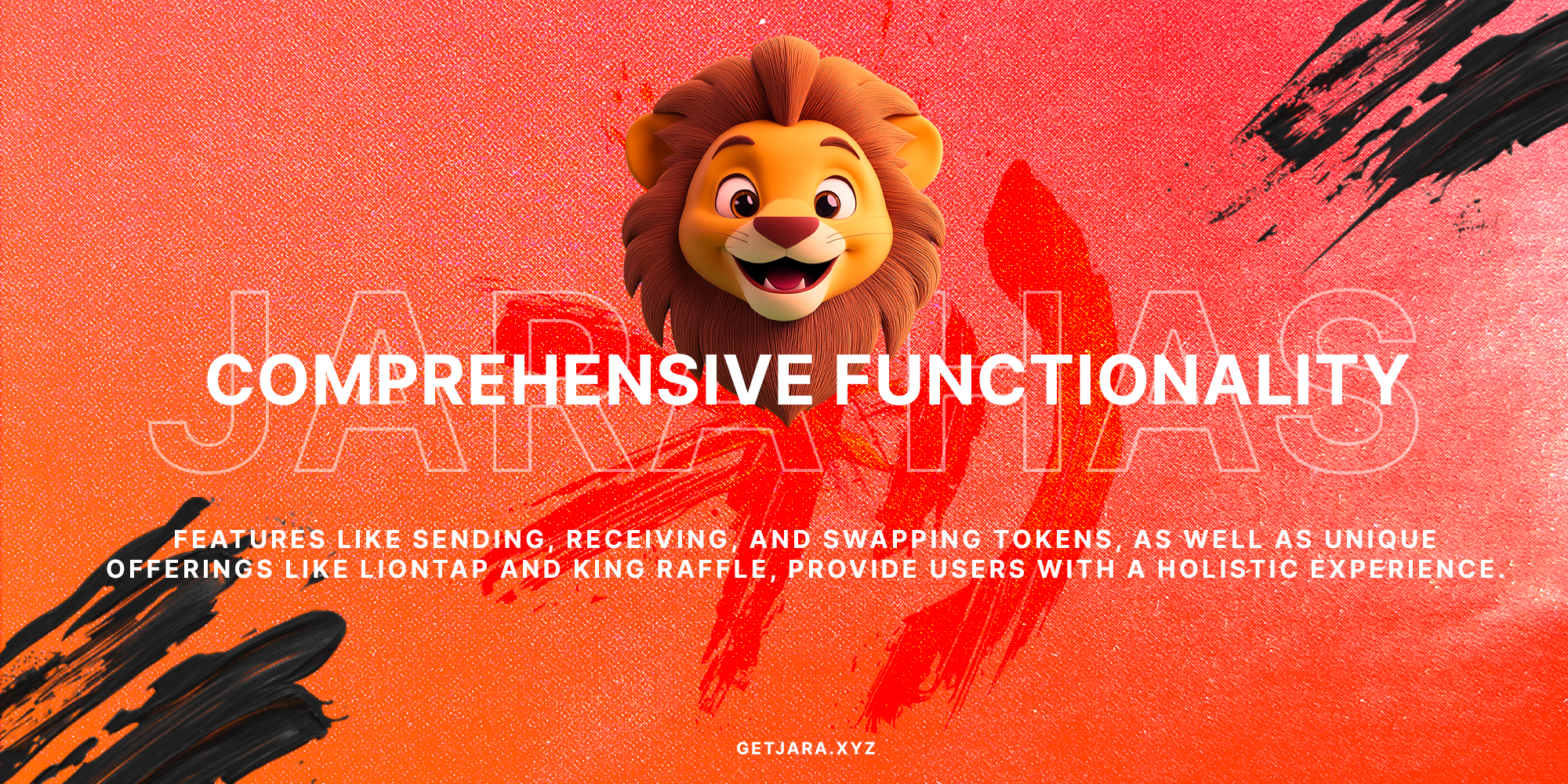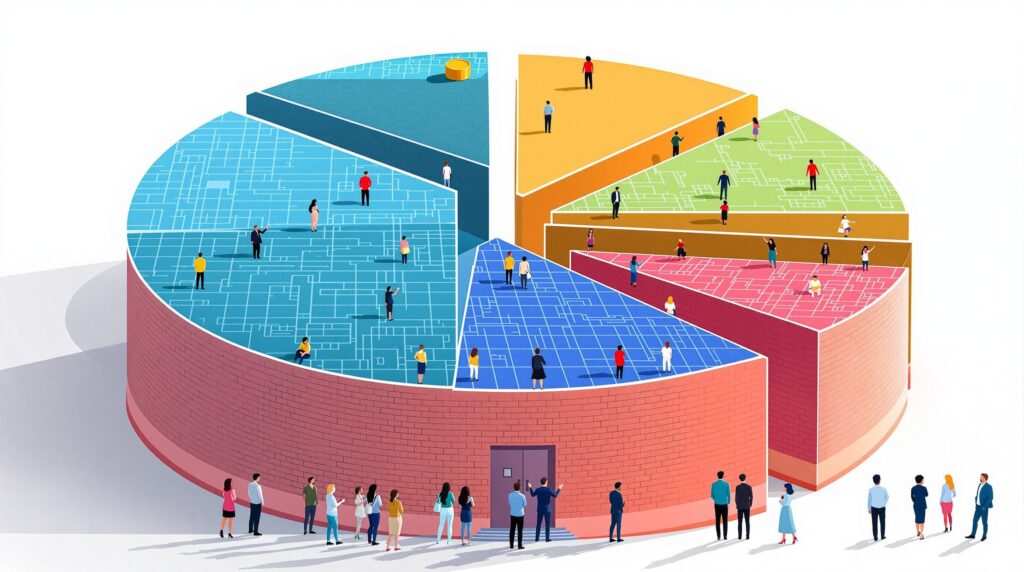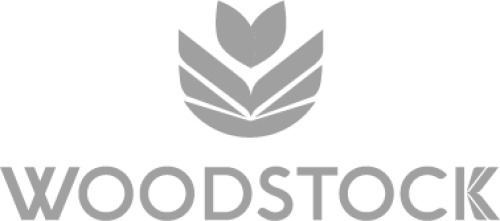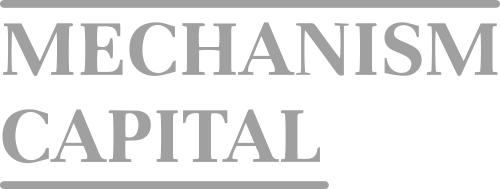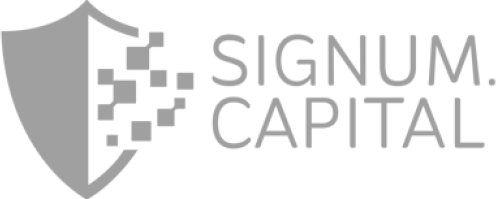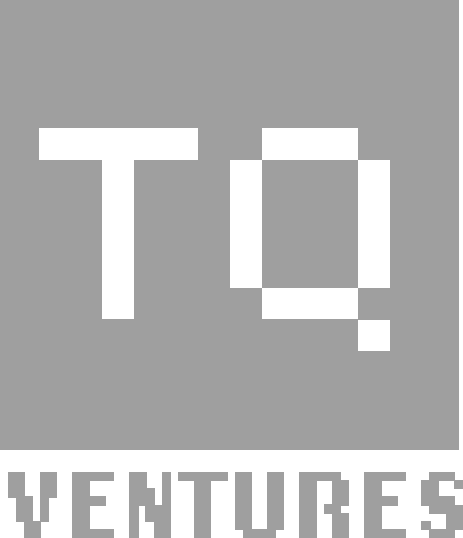Understanding Commodities Tokenization
Commodities tokenization is revolutionizing how physical assets like gold and oil are transformed into digital tokens on a blockchain. This process involves the conversion of ownership rights to assets into secure digital tokens, facilitating easier trading and investment. By tokenizing commodities, barriers to entry are reduced, allowing more investors access to these traditionally expensive markets.
What is commodities tokenization? Commodities tokenization is the process of converting ownership rights of physical commodities into digital tokens, which are recorded on a blockchain, enhancing their liquidity and accessibility.
At the heart of commodities tokenization is blockchain technology, which acts like a digital ledger, ensuring all transactions are secure, transparent, and immutable. Have you ever wondered how you could own a fraction of a gold bar without needing to store it? That’s precisely what tokenization does—it allows individuals to purchase small shares of valuable commodities, much like sharing a pie with friends!
The ease and efficiency with which digital tokens can be traded open up a world of opportunities for investors. Traditionally, purchasing commodities required significant capital and expertise. But with tokenization enhancing liquidity, even novice investors can diversify their portfolios with a share in the commodities market.
The Mechanics of Tokenization
- Asset Selection: Choosing a commodity such as real estate or precious metals to tokenize.
- Asset Valuation: Appraising and verifying the quality of the chosen asset.
- Token Creation: Converting the appraised asset into digital tokens on a blockchain platform.
- Trading and Exchange: Making these tokens available for trading on various platforms to enhance market liquidity.
This digital transformation is not without its hurdles. The primary challenges lie in regulatory compliance and technological infrastructure, particularly in emerging markets like Africa. But as regulatory frameworks mature, the future of tokenization looks promising, offering a pathway to democratize access to real-world assets.
“Tokenization connects the tangible to the digital, redefining investment landscapes.” – Bridging Global Capital to African Assets
Jara, through its $JARA token, plays a pivotal role in this evolution by facilitating fractional ownership and tapping into previously inaccessible African assets. This integration of blockchain into traditional markets is more than just a trend—it signifies a seismic shift in how investments are made and assets are managed globally.
As we move forward, the tokenization of commodities is set to become a staple in the global financial landscape, enhancing inclusivity and driving economic growth. Whether you’re an experienced investor or a newcomer, understanding the power and potential of tokenized commodities is crucial for navigating the future of finance.
“Tokenizing commodities represents a groundbreaking shift in how we view and invest in the real world’s tangible assets.”
With entities like Jara leading the charge, the transformation of Africa’s digital economy through tokenization is set to empower a new generation of investors, providing accessible financial solutions that are both innovative and impactful. To learn more about how tokenization is shaping the future, explore the role of tokenized real-world assets in the evolving landscape.
The Benefits of Tokenizing Commodities
Tokenizing commodities is a groundbreaking evolution in the financial world, offering a multitude of benefits that extend from individual investors to the broader market ecosystem. But what makes it so transformative?
What is commodity tokenization? Commodity tokenization is the process of converting tangible assets like gold or oil into digital tokens on a blockchain, making them tradable and accessible to a wide range of investors.
One of the most significant advantages is increased liquidity. By enabling fractional ownership, assets that were once out of reach become accessible to a broader audience. This democratization of investment means you can own a piece of a valuable asset without needing substantial capital upfront. Picture buying a share of a gold bar instead of the whole thing—it’s like buying a slice of cake instead of the entire cake!
Additionally, the use of blockchain technology plays a pivotal role in enhancing security and transparency. Blockchain’s immutable ledger records every transaction, reducing the risks of fraud and creating a clear chain of ownership. This capability provides investors with the confidence that their investments are secure and auditable.
Moreover, tokenized commodities can be traded 24/7 on global platforms, significantly increasing the dynamism of the commodities market. No longer confined to traditional trading hours, investors can seize opportunities as they arise, thereby enhancing market efficiency and responsiveness.
- Fractional Ownership: Enables more investors to participate by allowing them to own smaller portions of a commodity.
- Enhanced Security: Utilizes blockchain technology to ensure transparent and secure transactions.
- 24/7 Trading: Digital tokens can be bought and sold any time, offering flexibility and increased opportunity.
- Global Access: Opens up markets to a worldwide audience, not limited by physical borders or traditional finance systems. Enhancing liquidity and access to global markets is a game-changer for many investors.
“Tokenization of commodities bridges the gap between tangible assets and digital platforms, revitalizing how investments are made, ensuring inclusivity and efficiency in the commodities market.”
By breaking down large commodities into smaller, manageable tokens, we not only enhance liquidity but also democratize access to these investments. This accessibility is a pivotal factor driving the transformation towards digital finance in emerging markets such as Africa, where traditional investment opportunities have often been limited.
The Jara platform is leading the charge in this digital revolution. With initiatives like the $6 billion Lagos airport tokenization project, they are paving the way for a new era of asset inclusion and market participation, aligning with the overarching goal of inclusive growth by providing a seamless integration of smart contracts and blockchain technology.
Commodity tokenization also plays a crucial role in reducing fraud and enhancing market trust. The secure and transparent nature of blockchain ensures that transactions are free from tampering, bolstering the integrity of financial engagements.
Conclusion: Why Tokenization is the Future
As the world continues to embrace digital platforms for trade and investment, the benefits of tokenizing commodities become more apparent. By improving liquidity, enhancing security, and making assets available to a wider audience, tokenization stands at the forefront of a financial revolution that is reshaping our global economy.
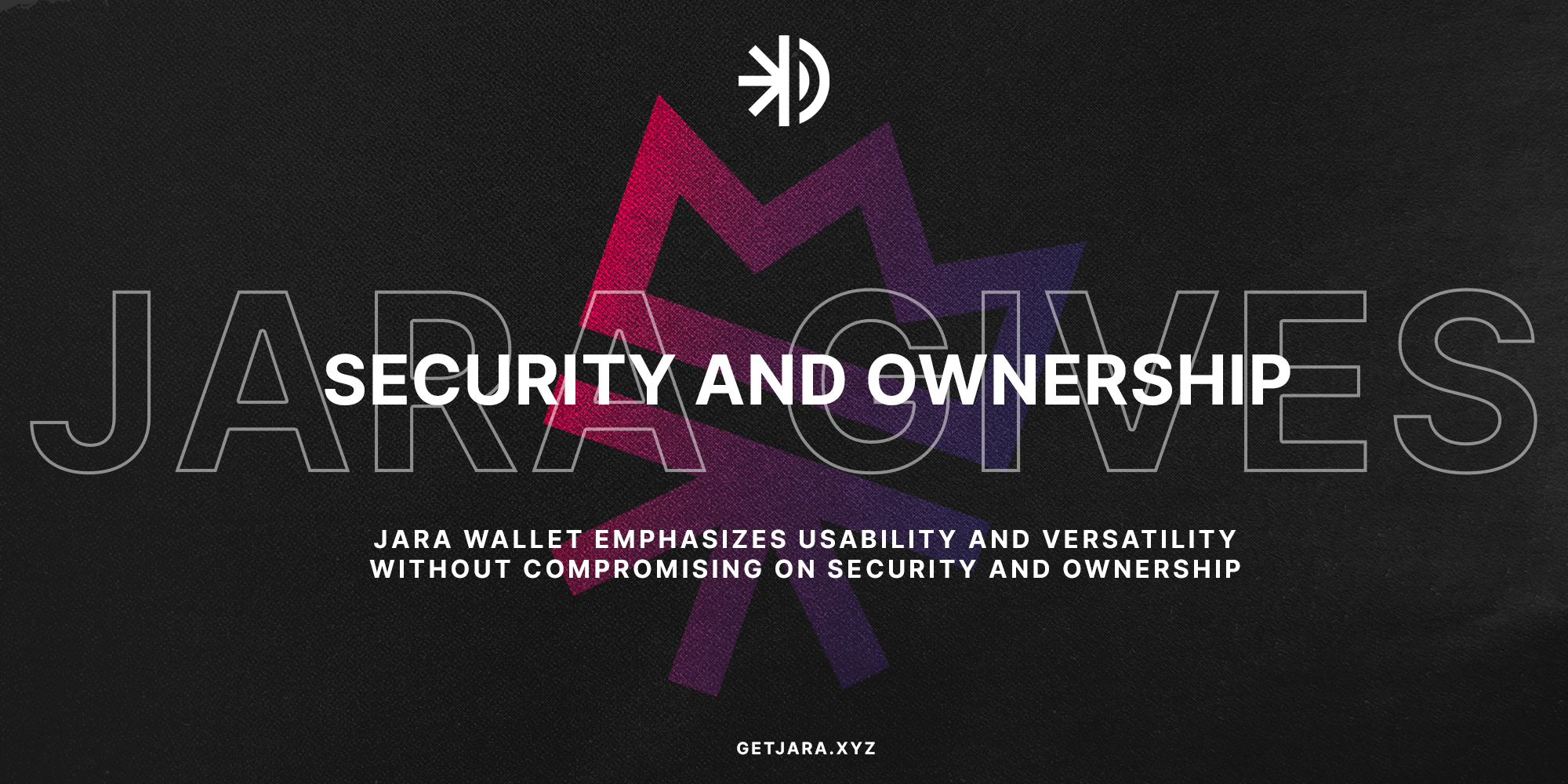
Challenges in Tokenization of Commodities
In the innovative landscape of tokenizing commodities, several challenges stand in the way, predominantly in the areas of regulatory compliance and technological infrastructure. While tokenization offers numerous benefits like enhanced liquidity and accessibility, it is not without its hurdles.
Regulatory Hurdles
Navigating the regulatory landscape of digital assets is akin to walking through a complex maze. Currently, there’s a lack of unified regulatory frameworks, which poses a significant hurdle. This absence leads to inconsistencies and uncertainties, especially in regions like Africa, where diverse financial regulations exist.
What are the regulatory challenges in commodities tokenization? The primary regulatory challenge in commodities tokenization is the absence of a unified framework, causing global inconsistencies and uncertainties.
Technological Infrastructure Needs
On the technology front, creating a robust infrastructure is essential. The decentralized nature of blockchain demands high levels of security and efficiency to manage transactions, and any compromise might lead to substantial fraud risks. Ensuring that the technological framework can handle these demands is crucial for sustainable digital asset trading.
Security Concerns
One of the technological challenges is ensuring the security of digital tokens against attacks and breaches. Implementing advanced security protocols, like AI-enhanced protections, can mitigate these risks but requires significant resources and expertise.
Why is technology significant in commodities tokenization? Technological infrastructure is crucial in commodities tokenization to ensure the security and efficiency of transactions.
Opportunities for Innovation
Despite these challenges, they offer rich opportunities for innovation. Addressing these hurdles can lead to advancements that not only enhance security but also streamline regulatory processes across regions. Innovative solutions are vital to integrate blockchain technology effectively into traditional financial systems, offering a level playing field for investors globally.
Jara’s Role
Jara plays a pivotal role in building the foundational infrastructure to bridge this gap, aligning with global standards for regulatory and technological excellence. By doing so, it facilitates a seamless adoption of tokenization, enabling investors to explore tokenized assets as a viable investment option. Investing in $JARA not only fuels this revolutionary ecosystem but also empowers users to be part of this groundbreaking transformation.
“Your gateway to the future of tokenization, bridging global capital to African assets.” – Jara Wallet
The Future of Tokenization in Commodities
The future of commodities tokenization is incredibly promising, primarily due to advancements in blockchain technology and the evolution of regulatory frameworks. This pioneering approach is on course to redefine investment landscapes globally, with tokenized commodities becoming a crucial component of the global economy. As technological capabilities improve and regulatory clarity emerges, barriers to entry are lowered, allowing more individuals and firms to participate in the market.
How does blockchain technology enhance the security of tokenized commodities? Blockchain technology enhances the security of tokenized commodities by utilizing a tamper-proof ledger, ensuring transparent, immutable, and verifiable transactions.
Projects like Jara’s initiatives in Africa highlight the transformative potential of tokenization. Jara’s efforts to integrate $JARA token within its ecosystem effectively bridge global capital with African assets, fostering financial inclusion and driving economic empowerment. This mirrors the widespread interest in tokenizing real-world assets (RWAs) across various industries, which is forecasted to exceed $200 billion in market valuation.
“Invest in $JARA: Fuel Africa’s $200B+ Digital Asset Economy and Participate in a Revolutionary Ecosystem.”
Tokenization offers a range of benefits: increased liquidity, fractional ownership, and broader market accessibility. It democratizes investment by enabling fractional ownership, allowing investors to buy smaller portions of assets like real estate or commodities. This dismantles traditional barriers, inviting more diverse participation from both individual investors and institutional players.
Moreover, tokenization is pivotal in enhancing transparency and accountability through blockchain’s immutable records. This transparency is a significant draw for stakeholders interested in fraud prevention and regulatory compliance.
What are the regulatory challenges faced by tokenized commodities? The regulatory challenges include ensuring compliance with existing securities laws and navigating varying regulations across different jurisdictions.
Despite these benefits, tokenization faces challenges, especially in regulatory uncertainties and the technological infrastructure required. As firms and regulatory bodies collaborate to streamline legal frameworks, these obstacles could diminish, paving the way for tokenization to thrive. Collaboration with leading financial entities like Standard Chartered is crucial in overcoming these hurdles, enabling smoother transitions into this digital frontier.
As blockchain technology advances, tokenization’s impact could significantly transform global investment practices by providing secure, transparent, and automated systems through smart contracts enhanced by AI.
To summarize, the tokenization of commodities offers a pathway to financial inclusivity and innovation. With Africa at the forefront, supported by companies like Jara, this approach promises a future where investment ecosystems are globally accessible and democratized, fostering an economically empowered world.

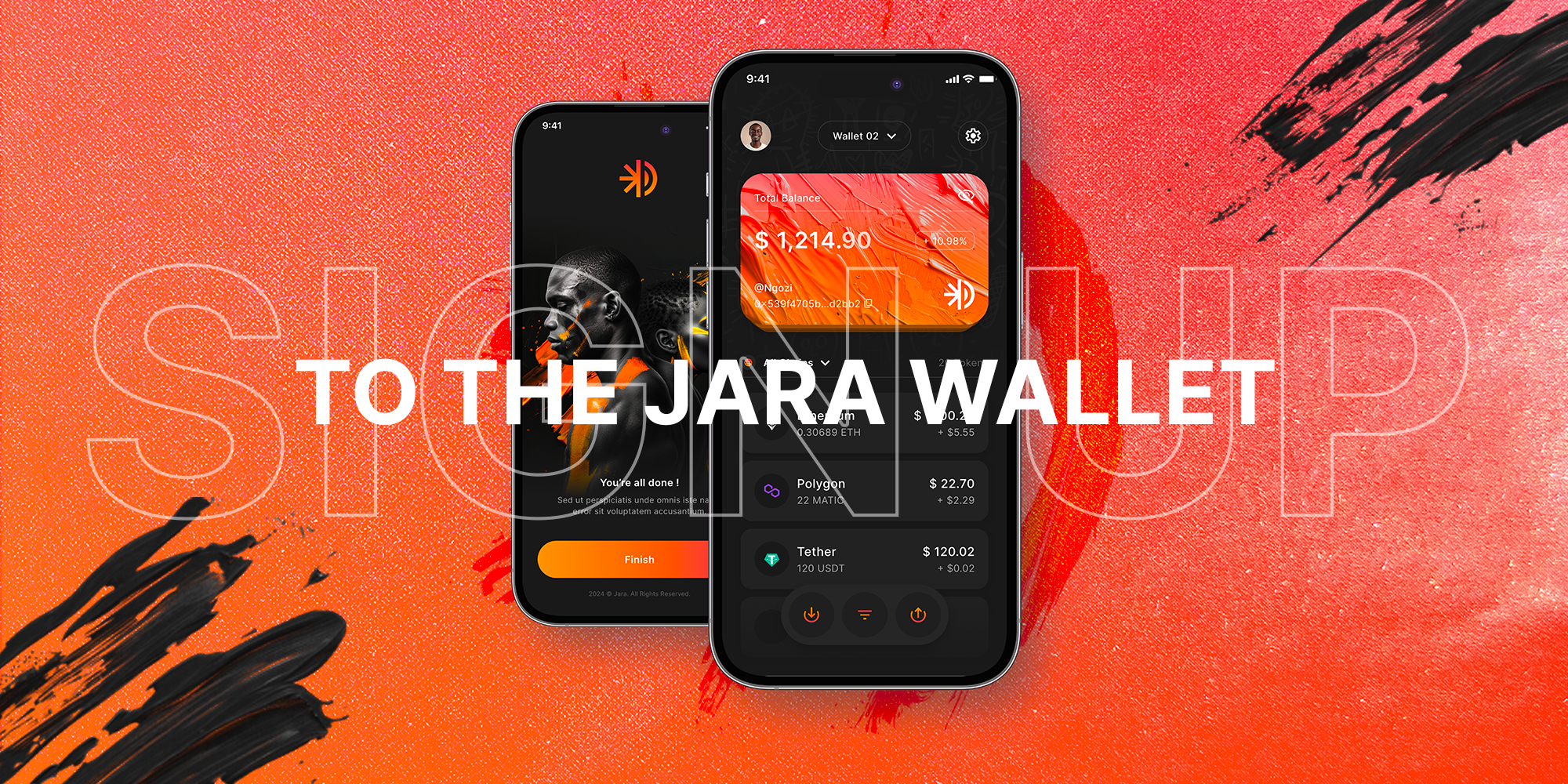
Related Articles
Explore more insightful articles on how tokenization is transforming different sectors and reshaping investment landscapes.
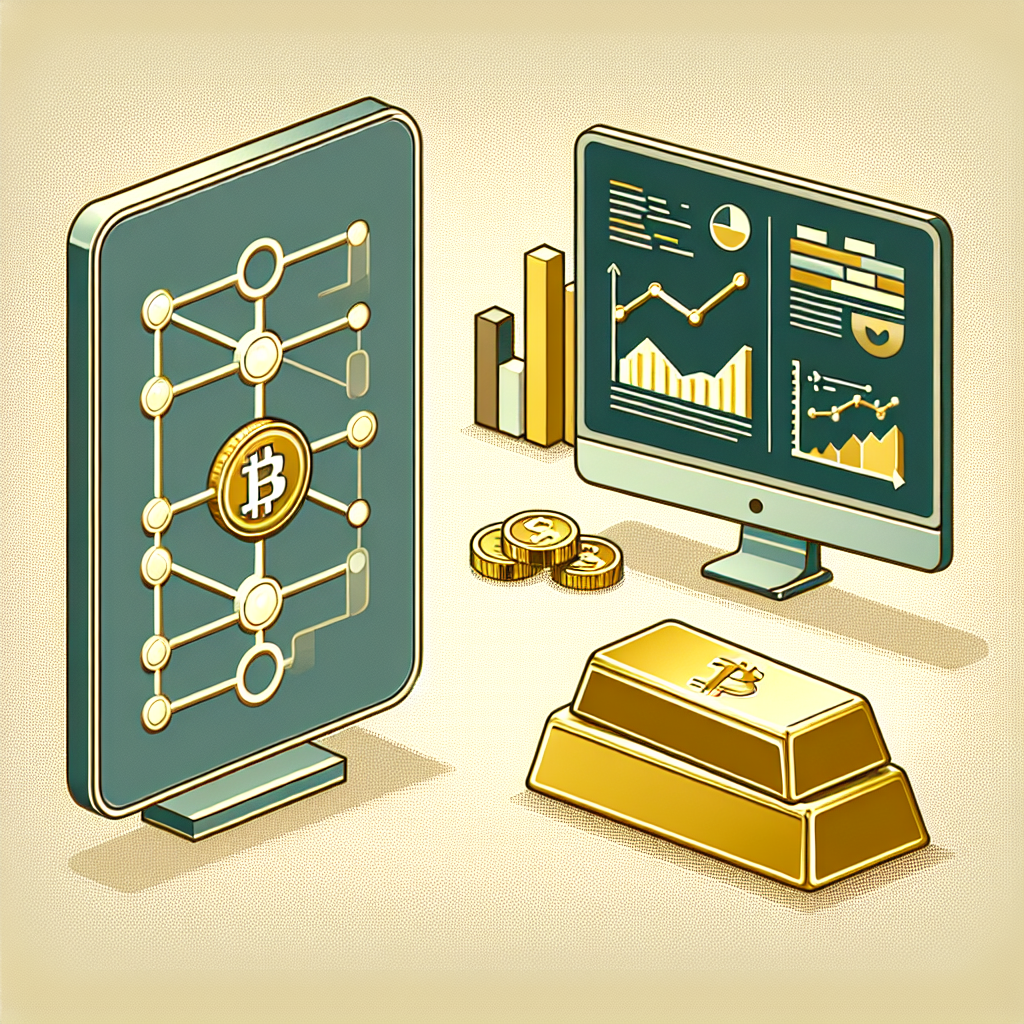
Unlock the Future with Jara Wallet App
Embrace the future of finance with Jara. Bridging Global Capital to African Assets seamlessly and securely.
Are you ready to transform how you interact with real-world assets? Download the Jara Wallet App and dive into the revolutionary world of tokenization. Experience an intuitive interface, powerful security measures, and unparalleled access to African commodities.
- Easy Setup: Our app provides a hassle-free setup, getting you started in minutes!
- Stay Updated: Follow us on social media for the latest updates, trends, and insights in the world of tokenized assets.
- Community First: Join a growing community, share your experiences, and learn from others.
Ready to start your journey into tokenization? Download on Android or Download on iPhone today!
What to Do If You’ve Been in a Car Accident
Being involved in a car accident can be a stressful experience. But knowing what steps to take can make the process smoother. Here’s a concise guide to help you handle the situation effectively.
“Your safety and well-being should always be your top priority in the aftermath of any car accident.”
Step 1: Ensure Safety
- Move to Safety: If possible, move your vehicle to the side of the road to prevent further accidents.
- Check for Injuries: Assess yourself and others for injuries and call 911 if needed.
Step 2: Contact Authorities
- Call the Police: Always report the incident to the police, regardless of its severity.
Step 3: Gather Information
| Information Type | What to Collect |
|---|---|
| Driver Details | Name, address, phone number, and insurance details |
| Vehicle Details | Make, model, color, and license plate number |
| Witness Information | Names and contact information of any eyewitnesses |
Step 4: Document the Scene
- Take Photos: Capture the scene from various angles, including damage to all vehicles involved.
- Note Conditions: Document road conditions and any traffic signs or signals in the area.
Step 5: Notify Your Insurance Company
- Report the Accident: Contact your insurance provider as soon as possible to report the accident.
“Your Voice, Our Mission” – we champion your rights with the tenacity and dedication that has earned us the trust of our community members.
